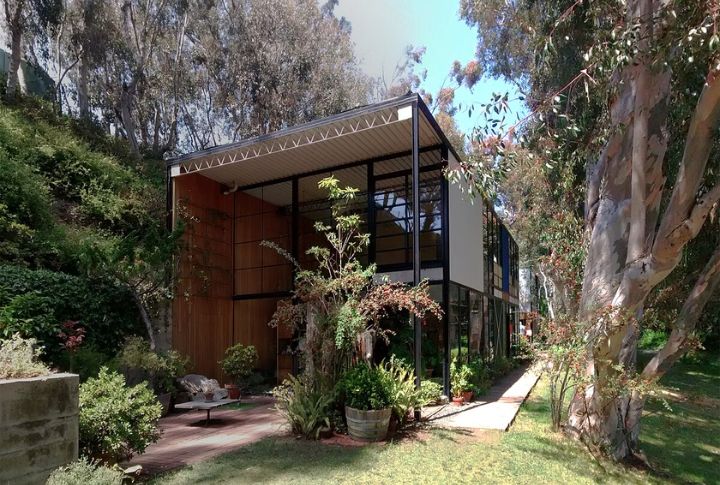
Some designs are classic examples of creativity that only get better with time. Few designers have mastered the blend of function and beauty like Charles and Ray Eames. Their work reshaped modern aesthetics, leaving a legacy that continues to spark inspiration. Discover the designs that continue shaping the world of modern creativity.
Eames Lounge Chair And Ottoman (1956)
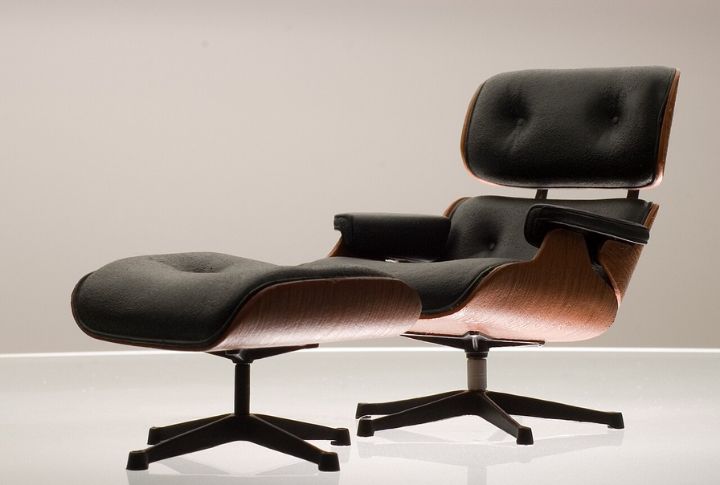
Few furniture pieces achieve the status of timeless luxury like this chair. Designed as a luxurious yet inviting chair, it was inspired by the worn comfort of a well-used baseball mitt. The molded plywood shell, upholstered in high-quality leather, enhances its stylish comfort.
Eames Molded Plastic Chair (1948)
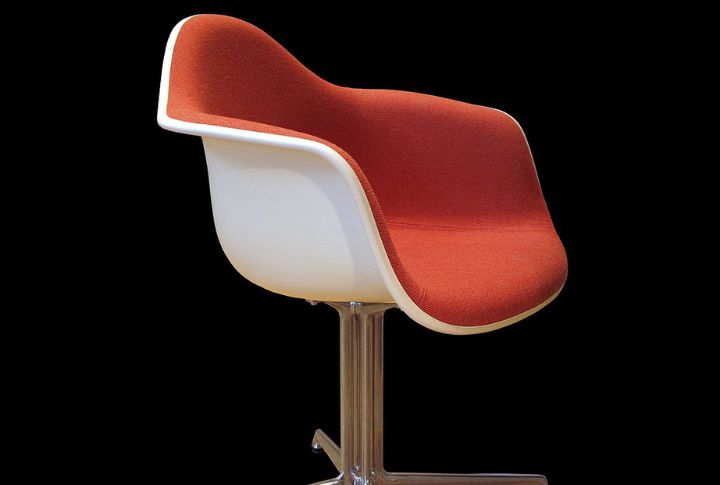
Initially made for a competition at MoMA, it was the first plastic chair that was mass-produced. More people could afford stylish furniture after the Eameses came up with molded plastic seats. Customization was possible thanks to the Eiffel Tower frame and other base choices. Its curve is designed to support the body while keeping a simple look.
Eames Lounge Chair Wood (LCW) (1946)
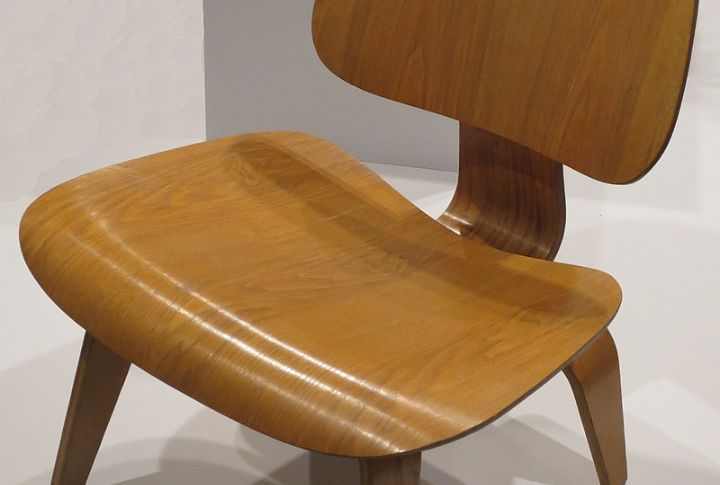
Dubbed “the chair of the century” by Time magazine, it pioneered the use of molded plywood for ergonomic seating. Charles and Ray Eames improved the way of molding things to make curves that promote shapes. The chair’s separate seat and frame made it more flexible while still being strong.
Eames House (Case Study House No. 8) (1949)
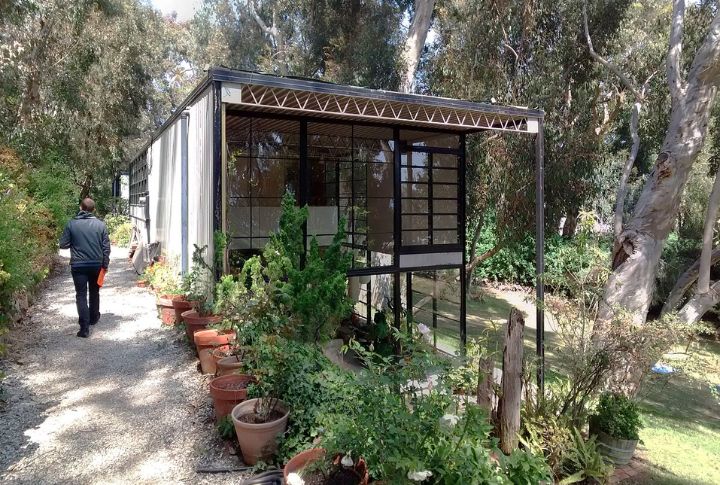
Architecture and design merged seamlessly in this modernist masterpiece. Built as part of the Case Study House program, it showcased innovative construction methods. Steel and glass elements created an open, airy environment that embraced natural surroundings. Preserved as a historic landmark, it continues to attract admirers worldwide.
Eames Aluminum Group Chairs (1958)
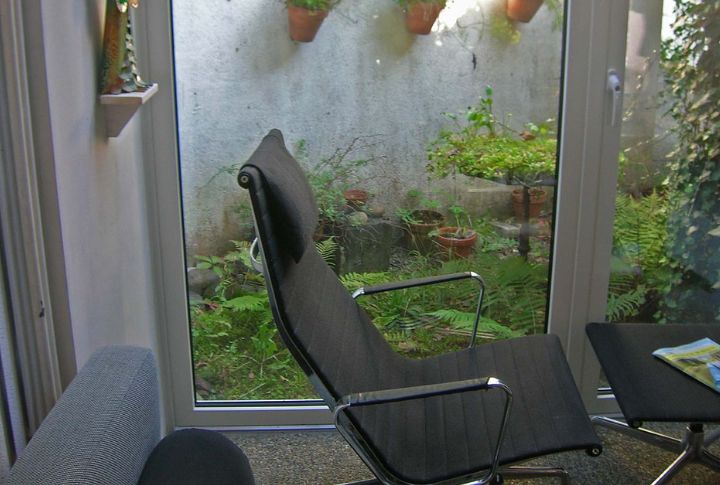
This line of sleek chairs with aluminum frames changed the way office furniture was made. Although it was originally made for use outside, it quickly became a standard in workspaces. The chair’s fabric seat provided good support without being overly soft. In modern workplaces, the Aluminum Group is still a sign of useful elegance.
Eames Hang-It-All (1953)

Originally designed as a playful toy for kids, this hook features bright wooden spheres that not only protect clothes but also add a fun element to the space. Unlike traditional hooks, the round balls distribute the weight evenly, helping to prevent clothes from getting worn out. Over time, variations like walnut wood spheres were introduced.
Eames Storage Unit (1950)
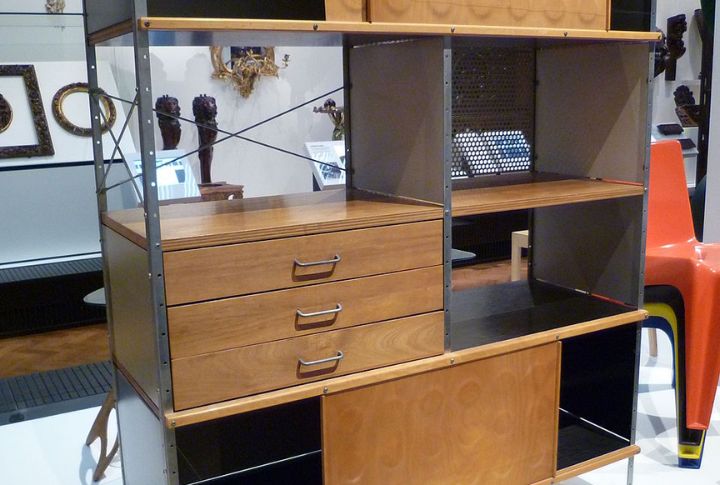
Storage solutions evolved with this modular shelving system, which was designed for versatility. The unit was made of perforated steel, plywood, and Masonite panels, which allowed the layouts to be changed. Despite its discontinuation in 1955, demand led to its revival decades later. The Eames Storage Unit is still a great example of flexible, forward-thinking furniture design.
Eames Wire Chair (1951)

Lightweight yet durable, this chair showcased the Eameses’ mastery of welded steel wire. Inspired by baskets and dress forms, it transformed industrial materials into elegant seating. Various base options, including the Eiffel Tower frame, enhanced its versatility. Its adaptability made it a favorite in homes, offices, and public spaces.
Eames Elephant (1945)
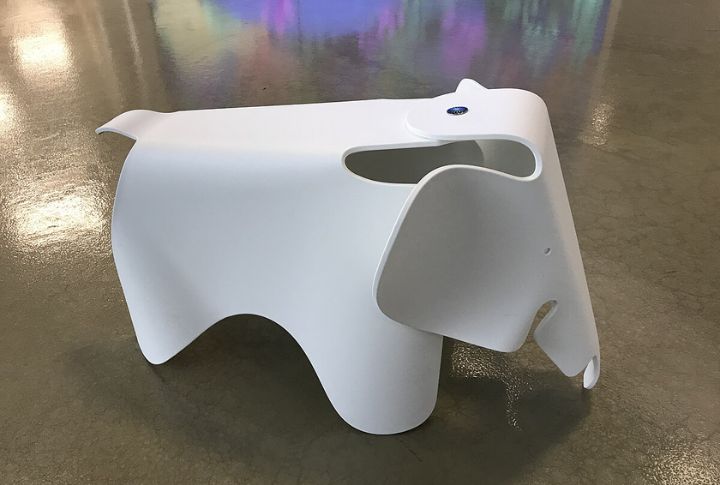
Designed as a playful children’s toy, this molded plywood elephant never reached mass production during the Eameses’ lifetime. The original prototypes featured complex curves that challenged the manufacturing techniques of the era. In 2007, Vitra brought the design back to life by making a small batch of them out of plywood.
Powers Of Ten (1977)
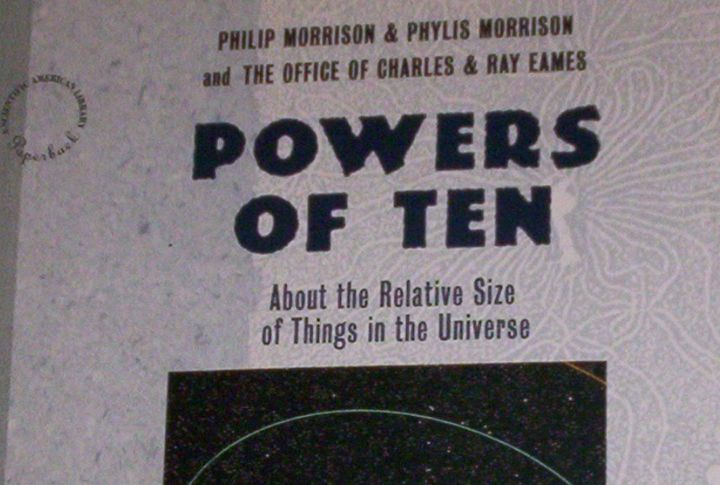
This groundbreaking short film explored scale by zooming from the human perspective to the vast universe. The film was inspired by Kees Boeke’s book “Cosmic View” and adapted for modern audiences. Preserved in the U.S. National Film Registry, it still holds its place as an educational classic.

